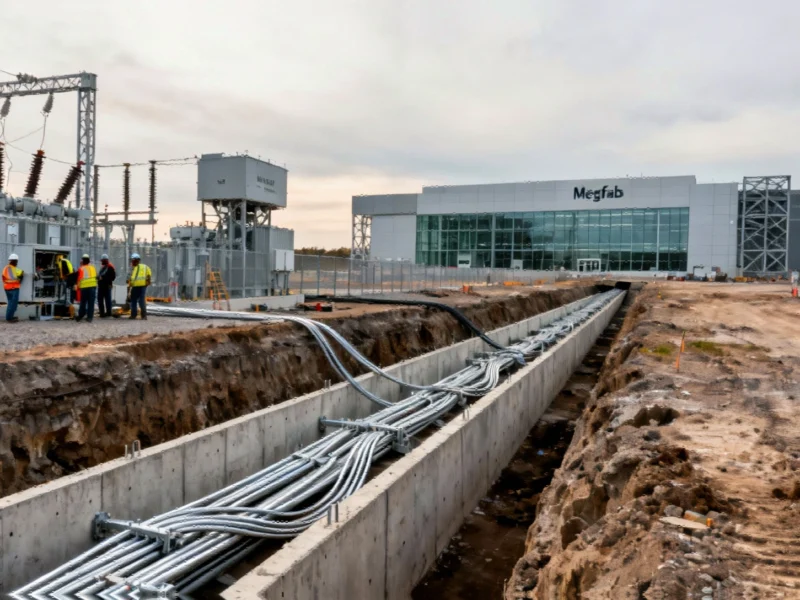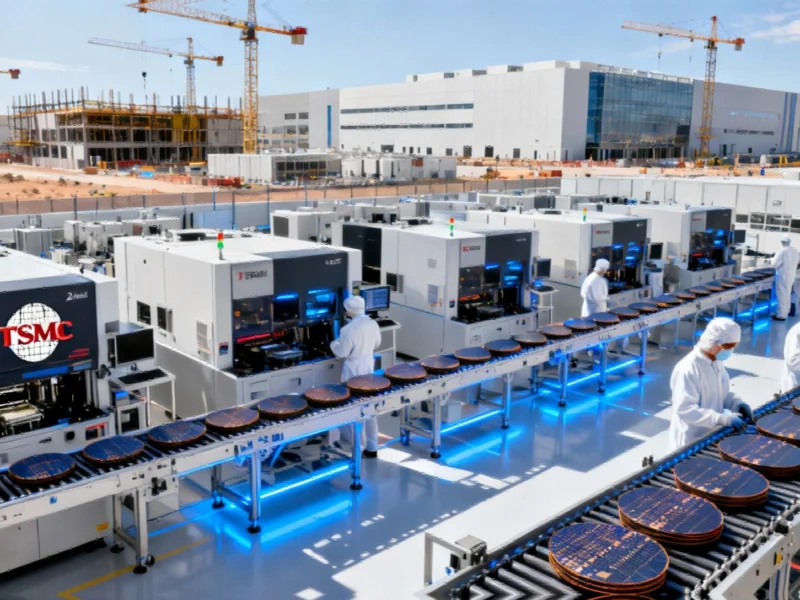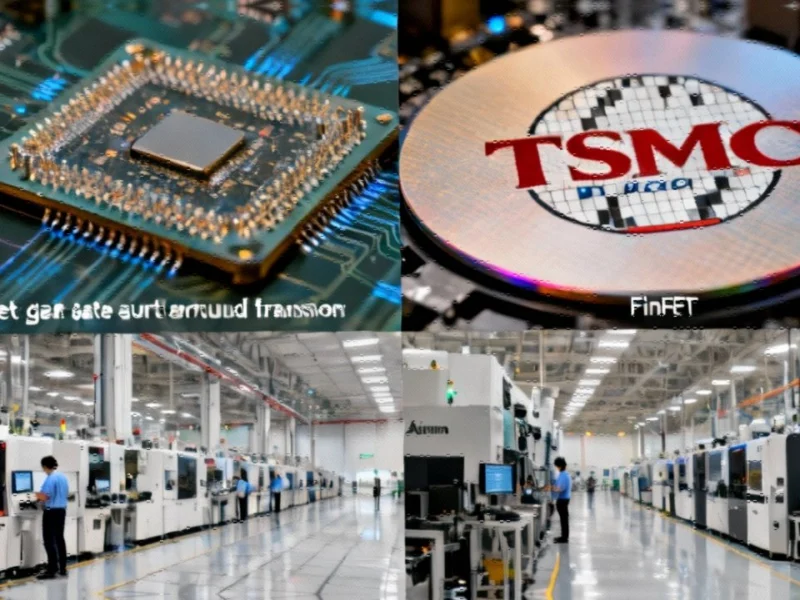TITLE: Nvidia and Infineon Forge Alliance to Revolutionize AI Data Center Power Infrastructure
In a landmark partnership that could reshape the future of artificial intelligence infrastructure, Nvidia and Infineon have announced a collaborative effort to overhaul the power architecture of AI data centers. This strategic alliance, as detailed in recent industry coverage, aims to eliminate the complex web of power cables currently plaguing data centers and replace them with a streamlined, high-voltage DC power system.
The collaboration brings together Nvidia’s expertise in AI computing with Infineon’s Power & Sensor Systems division, creating what industry observers are calling a potential game-changer for power management in high-density computing environments. This partnership emerges at a critical juncture, as AI demand continues to drive unprecedented growth in semiconductor manufacturing and computing infrastructure.
The Power Crisis in AI Data Centers
Modern AI data centers are facing what industry experts describe as a “power crisis” of unprecedented scale. According to Infineon’s internal analysis, the power requirements for AI racks have skyrocketed from an average of 120 kilowatts to 500 kilowatts in just a few years, with projections indicating these demands will exceed one megawatt before 2030.
The root cause lies in the exponential growth of GPU power consumption, with individual chips now drawing more than 1 kilowatt of power. This dramatic increase has created a cascade of challenges, including higher failure rates due to the immense power burden and thermal management issues that threaten system stability.
The Current Problem: Power Supply Sprawl
Traditional approaches to addressing these power demands have created their own set of problems. Data center operators have been forced to deploy multiple power supplies within single racks, leading to what Infineon describes as a “spaghetti cluster” of cables that complicates maintenance, reduces efficiency, and increases failure points.
This power supply sprawl not only consumes valuable rack space that could otherwise host additional computing resources but also generates significant heat that requires additional cooling infrastructure. The situation has become so challenging that major technology companies are investing heavily in business continuity solutions to mitigate the risks associated with power-related failures.
The High-Voltage DC Solution
The Nvidia-Infineon partnership proposes a radical departure from current practices: a centralized high-voltage DC power distribution system that would replace the tangled mess of individual power cables with a single, efficient high-voltage connection. This approach represents a fundamental rethinking of data center power architecture that could have far-reaching implications for the entire industry.
By implementing high-voltage DC power distribution, the companies aim to significantly reduce energy losses that occur during power conversion, improve overall system efficiency, and create a more reliable power delivery framework. This innovation comes at a time when critical infrastructure providers across multiple sectors are facing increased scrutiny regarding their operational resilience.
Technical Implementation and Benefits
The proposed system would leverage Infineon’s expertise in power semiconductors and Nvidia’s deep understanding of AI workload requirements to create an optimized power delivery network. Key benefits of the approach include:
- Reduced Complexity: Elimination of multiple power conversion stages and the associated cable clutter
- Improved Reliability: Fewer components and connection points mean reduced failure rates
- Enhanced Efficiency: High-voltage DC transmission minimizes energy losses
- Scalability: The architecture is designed to accommodate future power increases
- Space Optimization: More rack space available for computing resources rather than power supplies
Industry Context and Competitive Landscape
This partnership emerges against a backdrop of intense competition and innovation in the data center space. As Microsoft continues to enhance its operating system features for enterprise users and Nvidia expands its gaming and streaming services, the underlying infrastructure requirements continue to evolve rapidly.
The power efficiency challenge has become a central focus for all major technology companies, with innovations in this area potentially providing significant competitive advantages. The Nvidia-Infineon collaboration represents one of the most comprehensive attempts to address the power bottleneck that threatens to constrain AI advancement.
Security and Implementation Considerations
As with any major infrastructure change, security remains a paramount concern. The transition to centralized high-voltage power systems requires careful consideration of potential vulnerabilities. Interestingly, this focus on security aligns with broader industry trends, including innovative approaches to authentication and access control that are emerging across the technology landscape.
Implementation of the new power architecture will require close collaboration with data center operators, power equipment manufacturers, and regulatory bodies to ensure safety standards are maintained while enabling the performance improvements that next-generation AI systems demand.
Future Implications and Industry Impact
The success of the Nvidia-Infineon initiative could trigger a fundamental shift in how data centers are designed and operated. If the high-voltage DC approach proves successful, it could become the new standard for AI infrastructure, potentially influencing power architecture decisions across the entire computing industry.
This partnership represents more than just a technical collaboration—it signals a recognition that solving the power challenge is essential for unlocking the full potential of artificial intelligence. As AI models continue to grow in complexity and computational requirements, innovations in power delivery may prove just as important as advances in computing hardware itself.
The industry will be watching closely as Nvidia and Infineon move from concept to implementation, with the potential for their collaboration to set new benchmarks for efficiency, reliability, and scalability in the AI-powered data centers of tomorrow.
Based on reporting by {‘uri’: ‘networkworld.com’, ‘dataType’: ‘news’, ‘title’: ‘Network World’, ‘description’: ‘Network news, trend analysis, product testing and the industry’s most important blogs, all collected at the most popular network watering hole on the Internet | Network World’, ‘location’: {‘type’: ‘place’, ‘geoNamesId’: ‘4930956’, ‘label’: {‘eng’: ‘Boston’}, ‘population’: 617594, ‘lat’: 42.35843, ‘long’: -71.05977, ‘country’: {‘type’: ‘country’, ‘geoNamesId’: ‘6252001’, ‘label’: {‘eng’: ‘United States’}, ‘population’: 310232863, ‘lat’: 39.76, ‘long’: -98.5, ‘area’: 9629091, ‘continent’: ‘Noth America’}}, ‘locationValidated’: False, ‘ranking’: {‘importanceRank’: 280964, ‘alexaGlobalRank’: 23118, ‘alexaCountryRank’: 11344}}. This article aggregates information from publicly available sources. All trademarks and copyrights belong to their respective owners.



